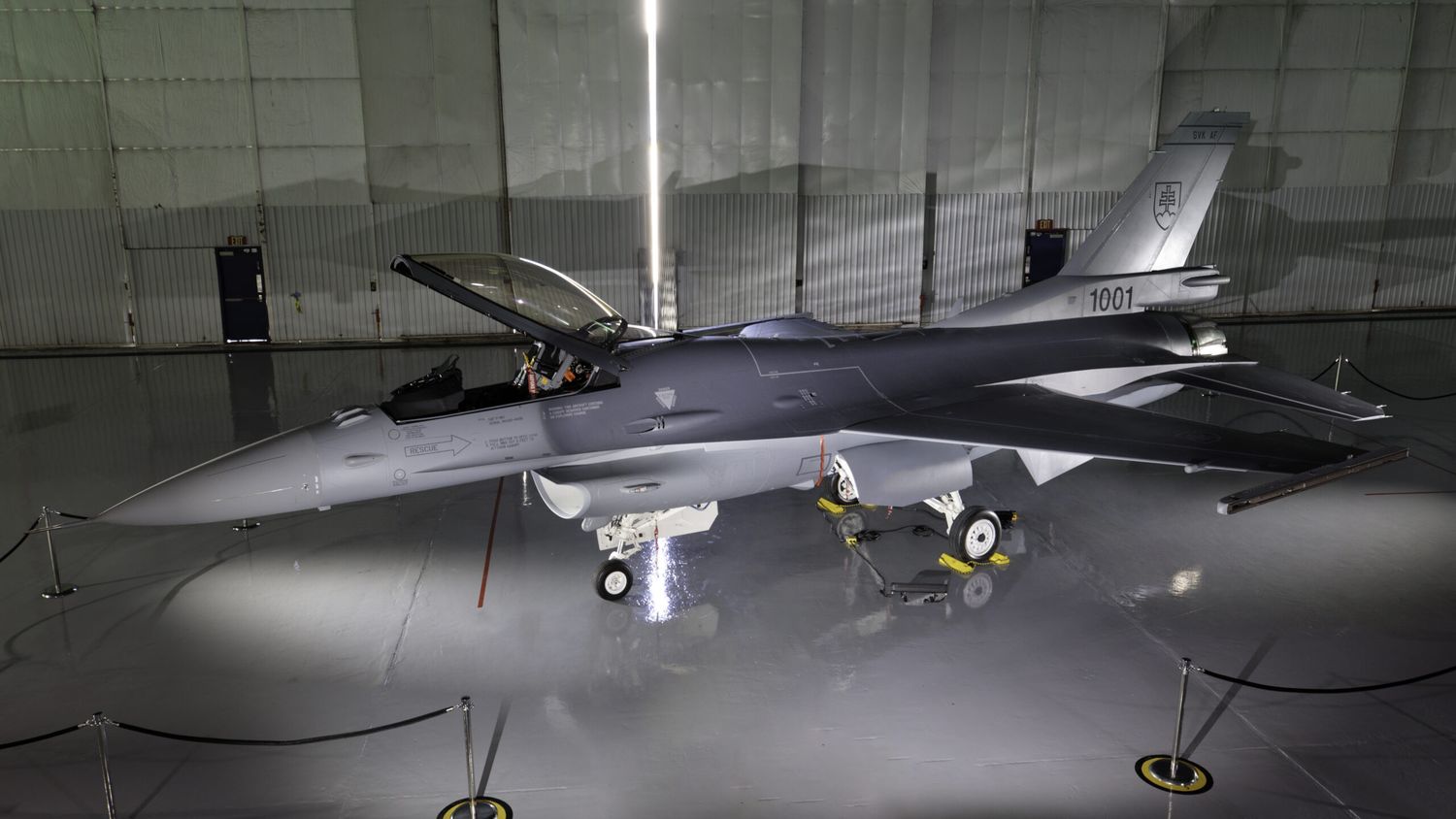The first F-16 Block 70 aircraft for the Slovak Air Force was unveiled at Lockheed Martin’s Greenville, South Carolina, facility during a visit by Slovakia’s Minister of Defense, Martin Sklenár.
The Slovak Republic will be the first European country to receive this new, more powerful version of the Fighting Falcon.
“These F-16s will enable the Slovak Air Force to stay ahead of threats in the region, and be part of the allied mission in Europe, NATO and around the world,” said OJ Sanchez, vice president, Integrated Fighter Group at Lockheed Martin. “This jet represents the strong partnership between Lockheed Martin, the United States, the Slovak Republic and allies.”
This F-16 Block 70 is the first of 14 to be delivered to the Slovak Republic, where they will replace the current fleet of MiG-29 Fulcrum, inherited from the Soviet era. Some of these fighters have already been transferred to the Ukrainian Air Force.
Slovak F-16 Block 70s will be armed with AIM-9X Sidewinder short-range air-to-air missiles, AIM-120C7 AMRAAM medium-range missiles and a few hundred smart bombs such as GBU-12s, GBU-49s and GBU-38s (JDAMs). Some AN/AAQ-33 Sniper designation pods (also produced by Lockheed Martin) were purchased to equip these aircraft with optronic all-weather target detection and precision weapons guidance capability.
F-16 Block 70 Capabilities
- It has an advanced APG-83 Active Electronically Scanned Array (AESA) radar, which has a detection range nearly twice that of previous mechanical scanning radars and the ability to track and engage more targets with greater accuracy.
- The Block 70/72 incorporates a new high-resolution center pedestal display (CPD), which provides critical tactical imagery to pilots and allows them to take full advantage of AESA radar and targeting pod data. The new CPD provides color moving maps, larger and easier-to-operate air-to-air situation displays, zoom functionality with the ability to switch information between displays, and digital display of flight instrument data..
- Automatic Ground Collision Avoidance System (Auto GCAS) was created specifically to avoid fatal accidents and has already saved the lives of several pilots and F-16s since the system entered service.
- The Block 70/72 has an extended structural life of 12,000 hours, more than 50% longer than previous production F-16s. This means that most air forces will have a highly reliable and easily maintained aircraft with a service life of at least 40 years, with no structural repairs expected over its entire service lifel.



Comentarios
Para comentar, debés estar registrado
Por favor, iniciá sesión